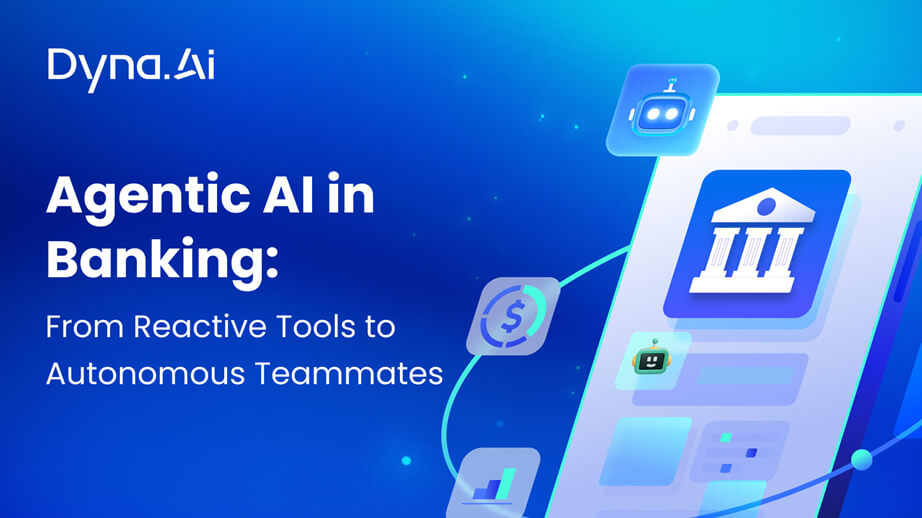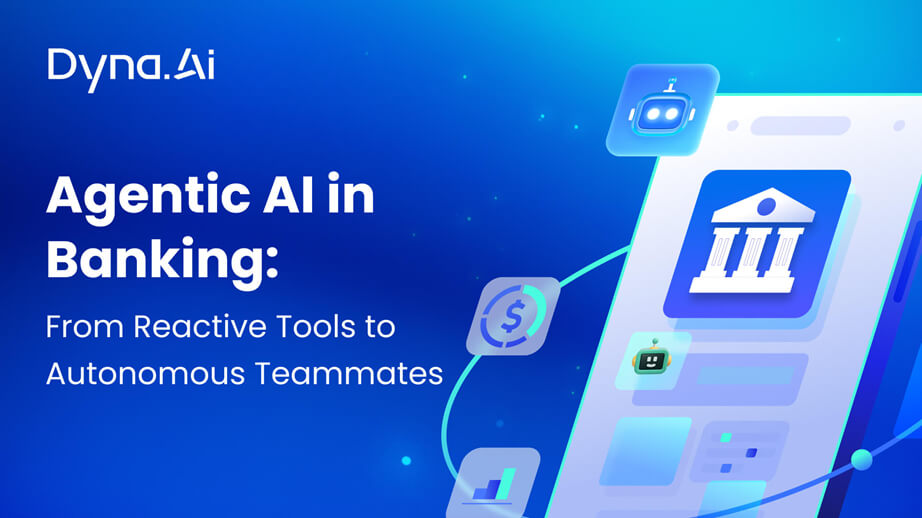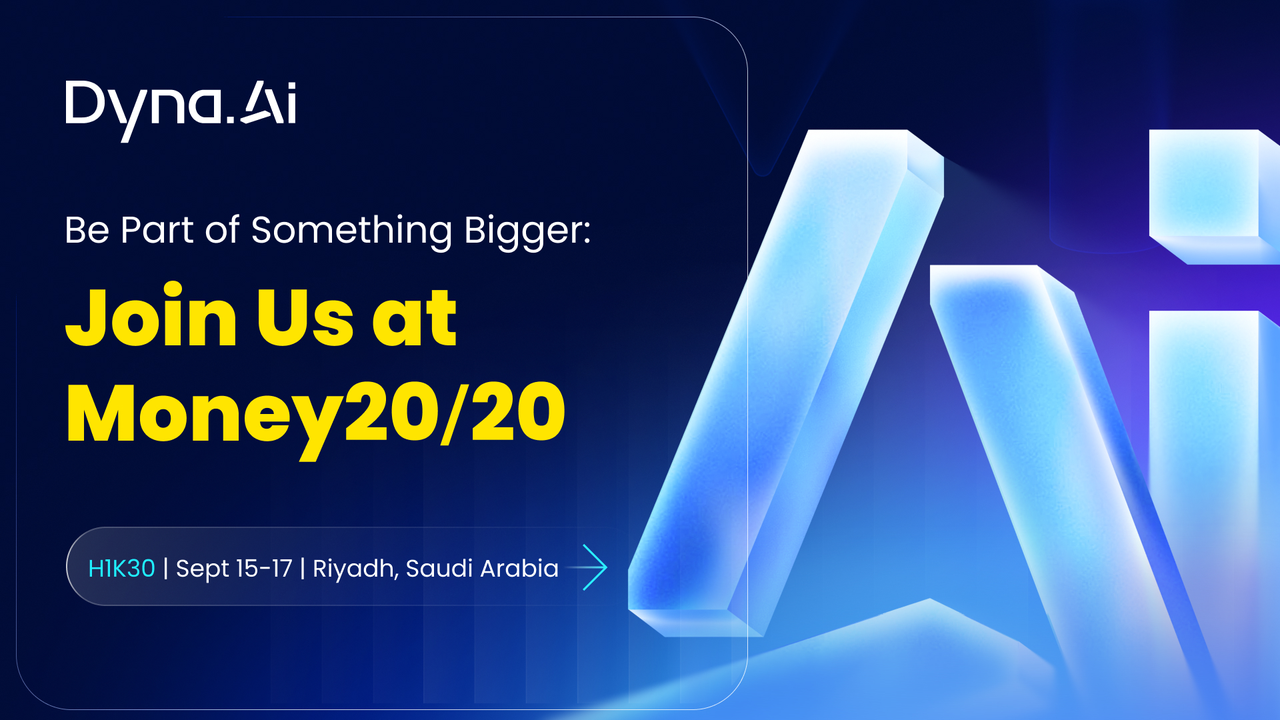The banking industry is finally confronting a long-overdue reality: rules-based automation isn’t enough. Traditional AI tools still require humans to orchestrate every step, creating bottlenecks and leaving money on the table. Agentic AI represents a wholesale shift from passive algorithms to autonomous “digital coworkers” that independently plan, decide and learn. Early adopters report productivity gains of 20–60% and decision-making accelerated by about 30%, with pioneers like Bradesco freeing up 17% more employee capacity and slashing lead times by 22%. The question isn’t whether banks can afford to explore agentic AI; it’s whether they can afford not to.
Why Traditional AI Falls Short in Modern Banking
Legacy AI systems respond to predetermined inputs: a fraud-detection algorithm flags transactions that exceed a dollar threshold; a chatbot regurgitates scripted answers. These solutions are “smart tools” rather than genuine partners. They lack the ability to replan when conditions change and depend on humans to stitch together disparate tasks. Static rule sets must be constantly updated to handle new fraud patterns or regulatory changes, and even then they miss subtle, low-and-slow threats. Siloed algorithms rarely exchange information across business lines, failing to build a cohesive view of customers or risks. Most importantly, humans still orchestrate multi-step processes like credit memo preparation or compliance reporting, limiting scale and acting as a brake on innovation. In a fast-moving, hyperconnected financial landscape, incremental tweaks to these systems simply can’t keep pace.
What Makes Agentic AI Different?
Agentic AI functions as an autonomous colleague rather than a robotic assistant. These systems can independently perceive, reason, act and learn—a qualitative leap beyond generative models that merely respond to prompts. They rely on multiagent architectures, where specialized agents handle discrete tasks such as policy compliance, risk assessment, collateral inspection and orchestration. This design unlocks several capabilities that traditional AI cannot deliver:
- Self-directed planning and action: Agents plan and execute a series of steps toward a goal without step-by-step prompts, allowing them to complete complex workflows like credit memo preparation or fraud investigations independently.
- Continuous learning and adaptation: Performance improves with each interaction; agents update models in real time, catching emerging fraud patterns or new credit-risk factors. Over time they develop nuanced judgment tailored to an institution’s risk appetite and customer base.
- Contextual memory and collaboration: Unlike chatbots that forget previous exchanges, agentic systems maintain context across interactions and share information with other agents. An orchestrator agent coordinates specialized agents, ensuring completeness while flagging issues for human intervention. This holistic awareness allows them to handle multi-channel customer journeys or regulatory reporting end-to-end.
- These capabilities translate into real productivity gains. Banks report 20–60% increases in credit-analysis efficiency and roughly 30% faster decisions [1], figures that simply aren’t possible with static models. By freeing people from rote coordination, agentic AI allows human employees to focus on negotiation, judgment and relationship management.
Case Study: Bradesco’s Leap into Autonomy
Latin American banking giant Bradesco illustrates the promise of agentic systems. By deploying AI agents in fraud prevention and customer service, it achieved:
- 17% increase in employee capacity and 22% reduction in lead times: Routine tasks once handled by humans are now executed autonomously, enabling staff to handle more strategic work.
- Improved accuracy and consistency: Agents apply the bank’s policies uniformly, reducing human error and bias. Real-time learning means the system stays current with evolving fraud schemes and regulatory requirements.
- Enhanced employee engagement: Freeing employees from repetitive tasks allows them to apply judgment and creativity where it matters most—such as complex loan structuring, customer relationship management, or product innovation.
- These gains aren’t incremental; they redefine how the bank allocates labour and capital. With autonomous agents handling rote analysis, human employees can focus on nuance, negotiation and relationship management.
Implications and Next Steps
The transition to agentic AI demands more than adopting a new software package—it requires a rethink of technology architecture and workforce design. Banks should:
1. Invest in orchestration: A robust coordination layer is essential; without it, specialized agents remain siloed and the promise of end-to-end automation evaporates. Banks need platforms capable of planning, prioritizing and sequencing tasks across agents while ensuring compliance and traceability.
2. Rethink roles: Analysts become supervisors, interpreting agent outputs and intervening in edge cases. New positions like AI orchestrators, ethics officers and risk engineers emerge. Upskilling programs will be needed to prepare existing staff for these roles.
3. Take governance seriously: Autonomous systems introduce unpredictable risks. Banks must build control towers that monitor agent behaviour, enforce ethical guidelines and provide human oversight. Explainability and model risk management need to evolve alongside AI autonomy.
4. At the same time, the potential upside is enormous: faster decisions, lower costs and more personalised experiences. Banks that delay risk ceding the competitive high ground to tech-savvy rivals. The shift from reactive tools to autonomous teammates is under way; those who embrace it thoughtfully will define the next era of banking.




